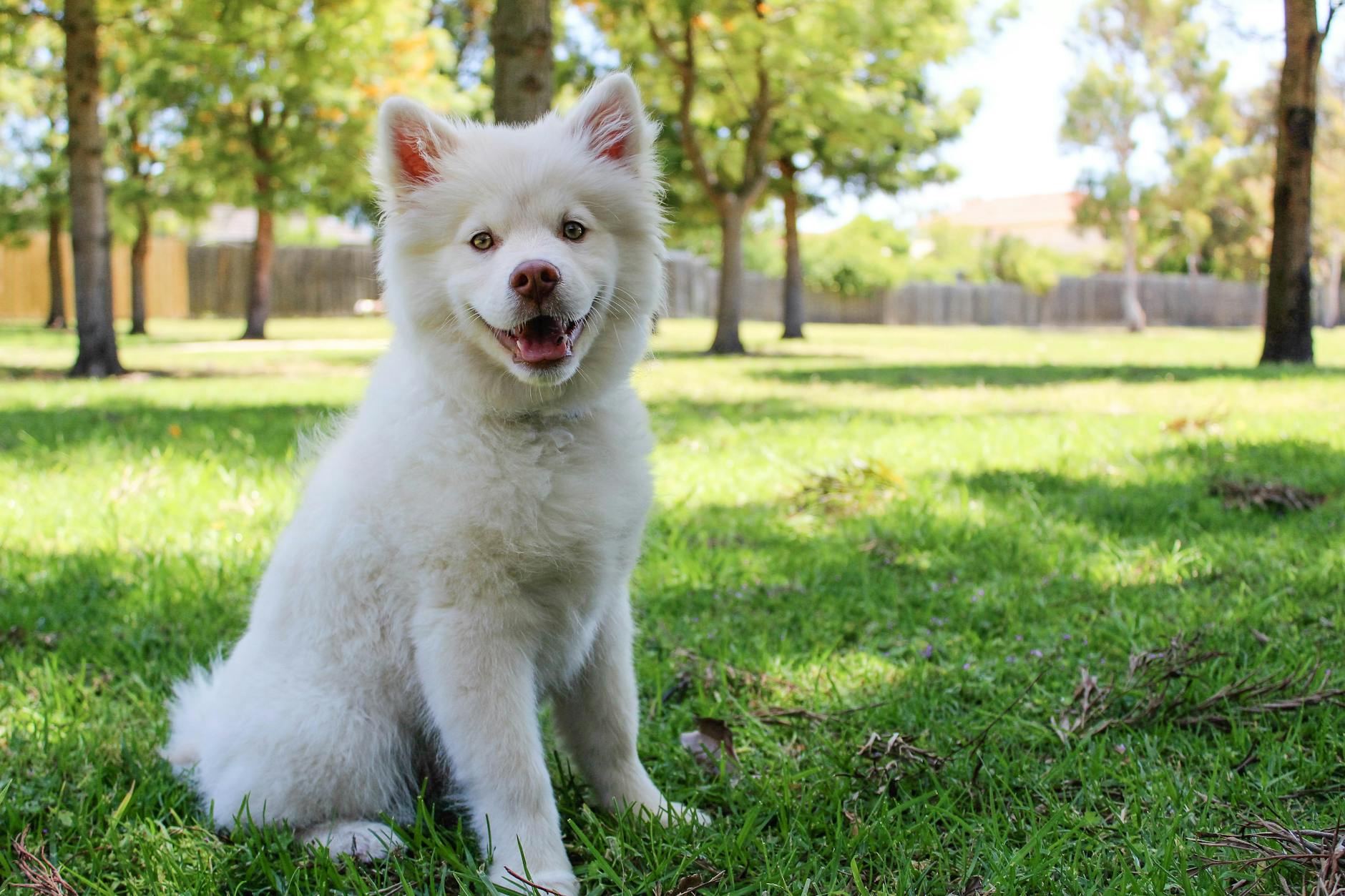Pro Pooch Tips: Ace At-Home Dog Training!

Training your dog at home can be a rewarding experience for both you and your furry friend. The keys to success are consistency, patience, and the use of effective techniques. With Pro Pooch Tips, you're equipped to turn your beloved dog into the most well-mannered companion. Here's how to get started on your path to doggy obedience.
Understanding Your Dog's Learning Process
Dogs learn through immediate consequences and consistent repetition. Positive reinforcement is the cornerstone of modern dog training—rewarding the behaviors you want to encourage and ignoring or redirecting the behaviors you do not. Understanding your dog's personality and motivation will help you tailor your training strategy effectively.
Establishing a Foundation
Consistency is Key
Create a consistent schedule for your dog's training. Daily training sessions should last about 10–15 minutes for optimal focus and engagement. Consistency also means using the same commands and rewards system each time to avoid confusion.
Basic Commands
Start with basic commands such as sit, stay, come, down, and heel. These foundational commands not only improve obedience but also ensure your dog's safety in various situations.
Positive Reinforcement
Whenever your dog correctly performs a command, promptly reward them with treats, praise, or playtime. This positive reinforcement strengthens their desire to obey and repeat the behavior.
Advanced Training Techniques
Once your dog has mastered the basics, you can move on to more challenging commands and tricks. Consider teaching your dog to:
-
Fetch specific items by name
-
Respond to hand signals
-
Navigate an agility course
-
Perform fun tricks like rolling over or playing dead
Addressing Behavioral Issues
If your dog exhibits behavioral issues like excessive barking, jumping up, or destructive chewing, address these with specific training techniques:
-
Barking: Teach your dog the "quiet" command and reward them when they stop barking.
-
Jumping: Turn away and ignore your dog when they jump up, and reward them when they remain on all fours.
-
Chewing: Provide appropriate chew toys and redirect your dog whenever they start to chew on something they shouldn't.
Patience and Adaptation
Every dog is an individual with unique quirks and learning speeds. Some may pick up commands quickly, while others require more patience and repetition. If a technique isn't working for your dog, don't be afraid to try different approaches.
Tools for At-Home Training
Equip yourself with the right tools to make training sessions more effective:
-
Treats: Use small, tasty treats to motivate and reward your pooch.
-
Clicker: A clicker can be a valuable tool for marking the exact moment your dog does what you ask.
-
Training Mat: A designated mat can help define the training space.
-
Collar and Leash: Essential for safe and controlled training, especially outdoors.
Wrapping Up
Training your dog at home can be an enjoyable and fulfilling aspect of pet ownership. With dedication, understanding, and the proper use of the Pro Pooch Tips, you and your dog will soon enjoy the fruits of your labor—a well-behaved pup who is a joy to have around. Start your dog training journey today, and watch the bond between you and your canine grow stronger than ever!